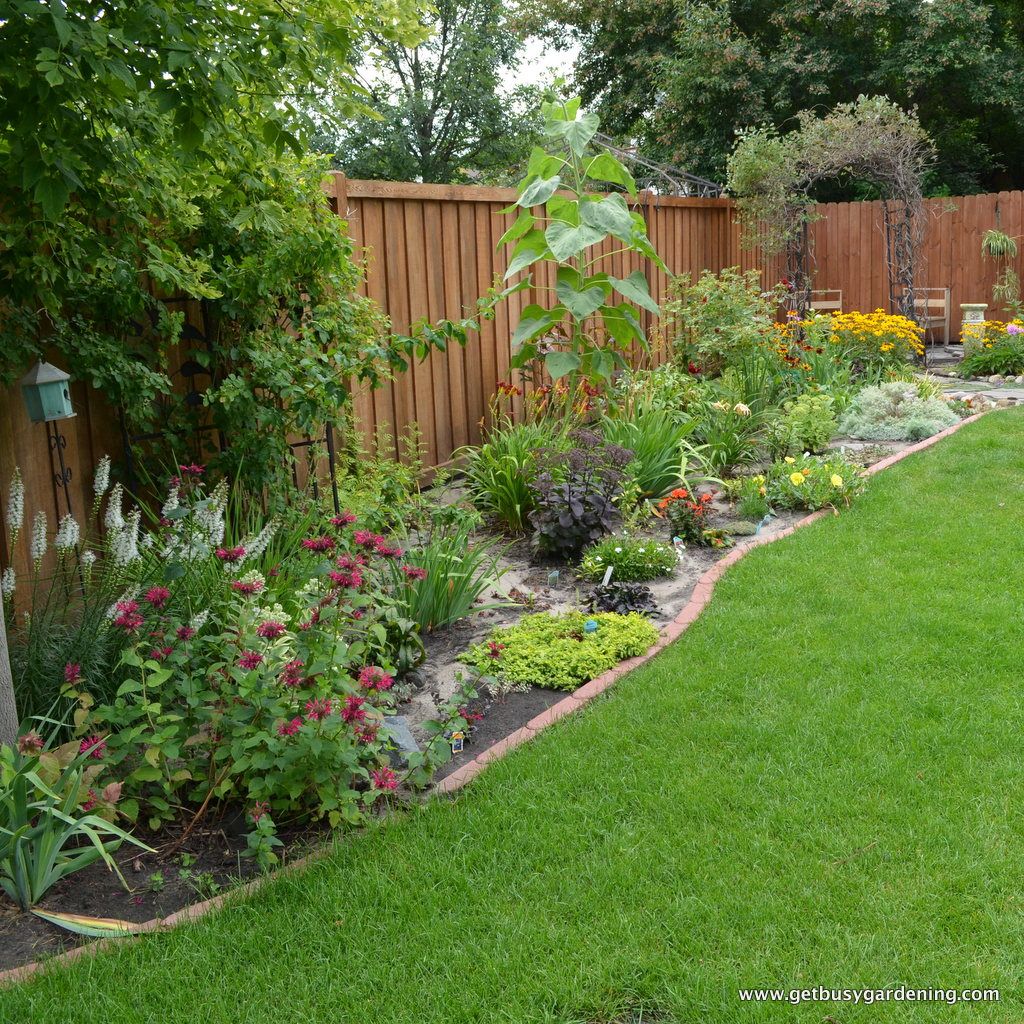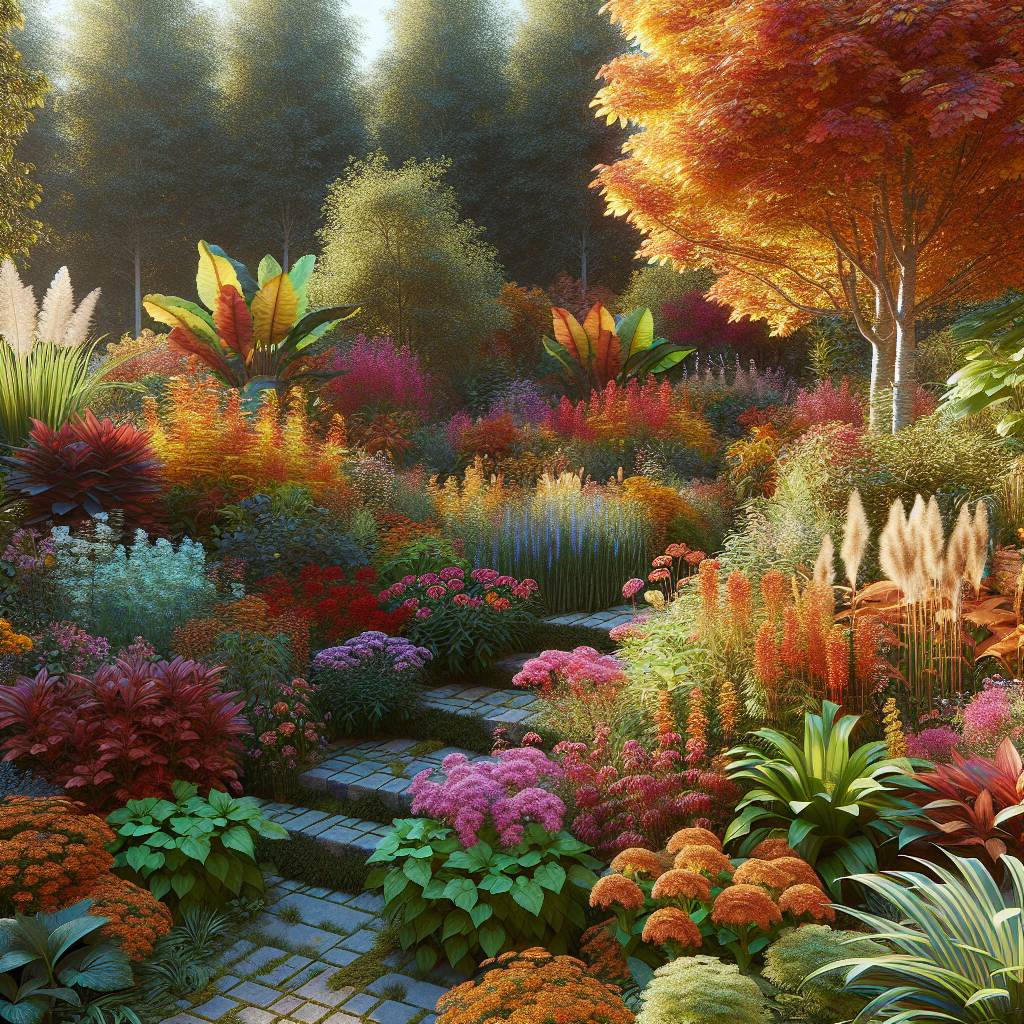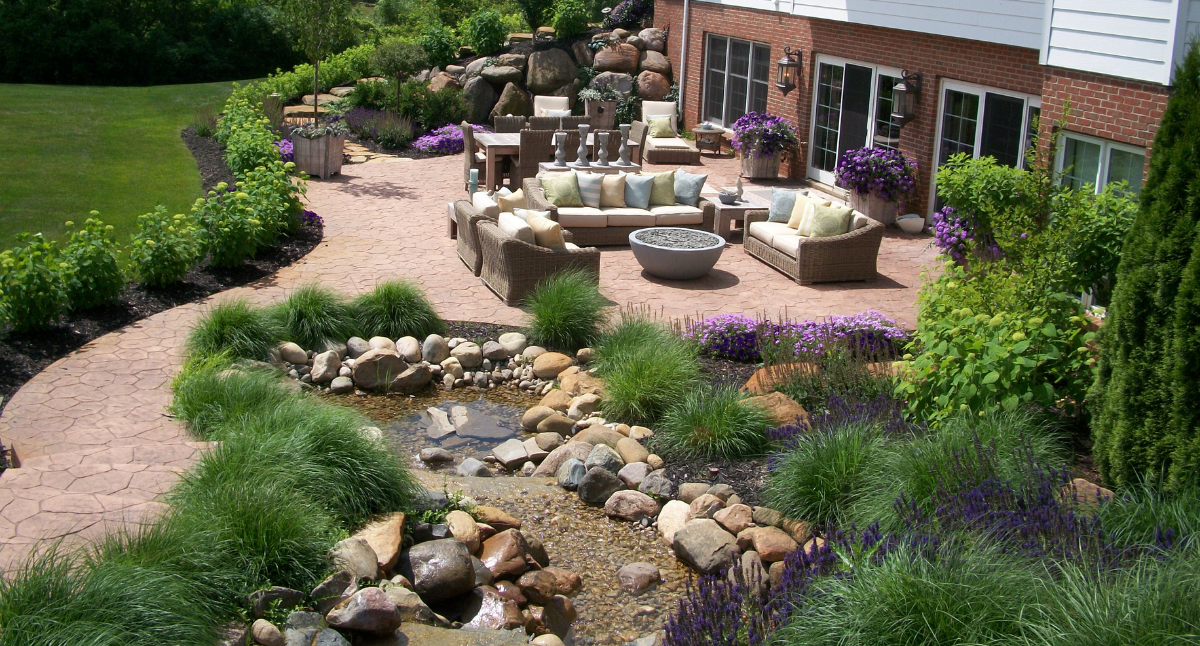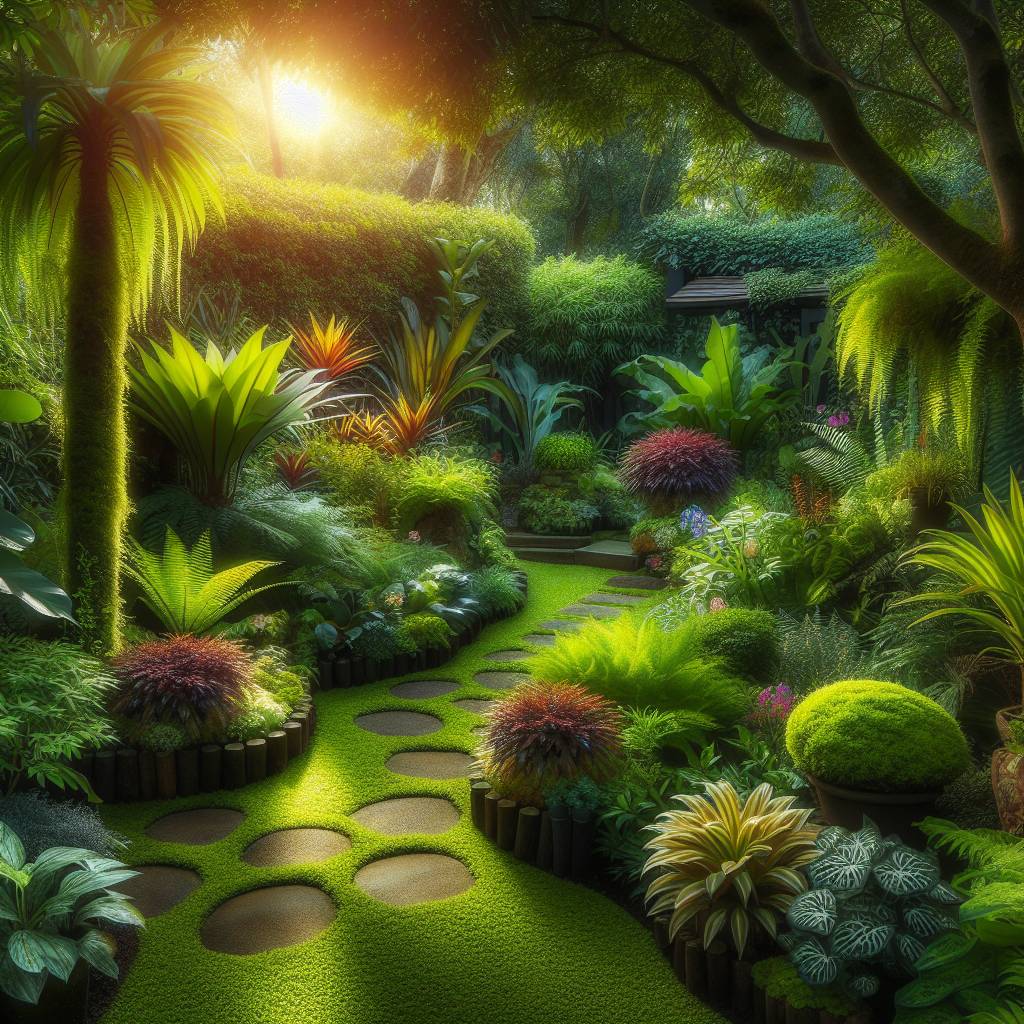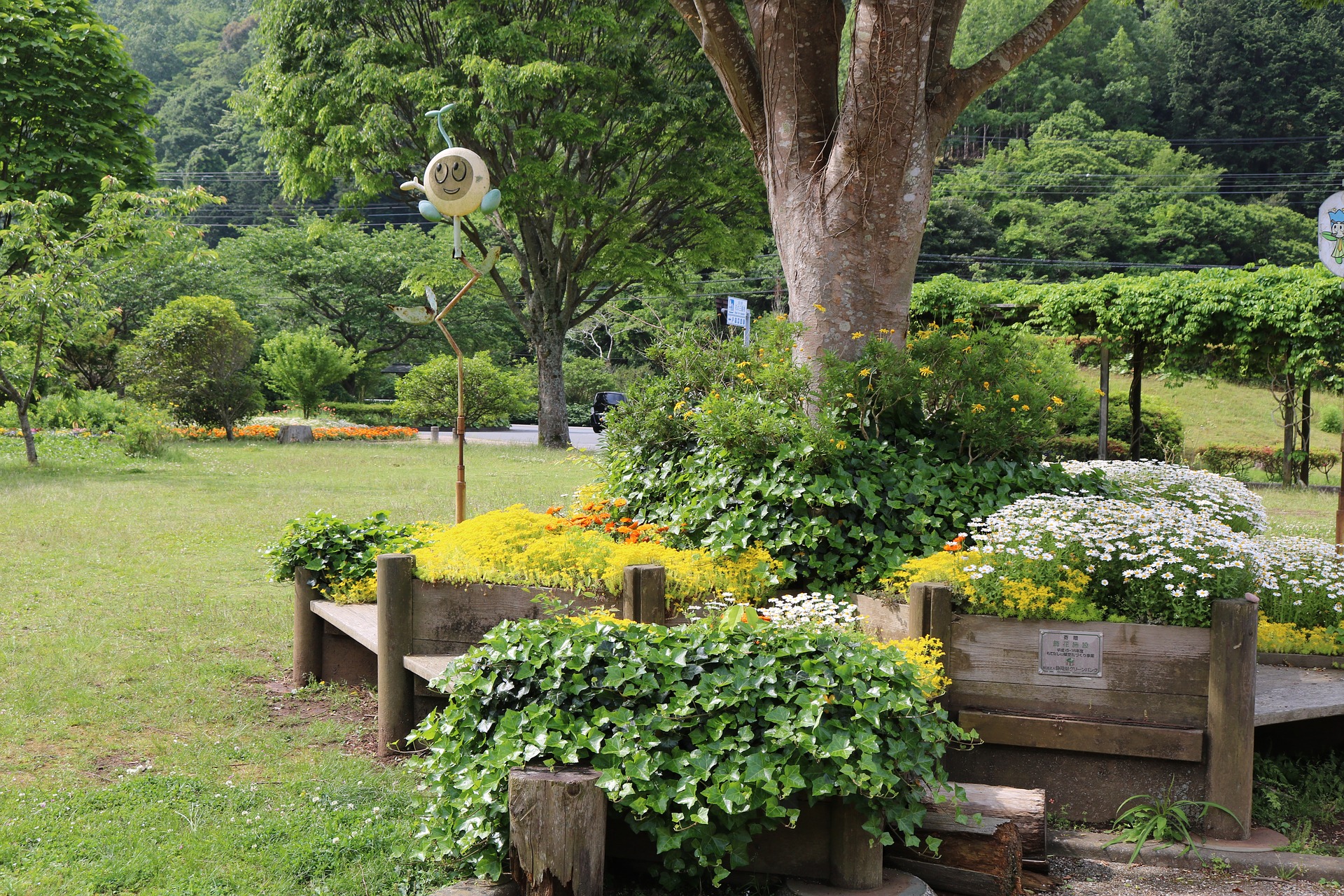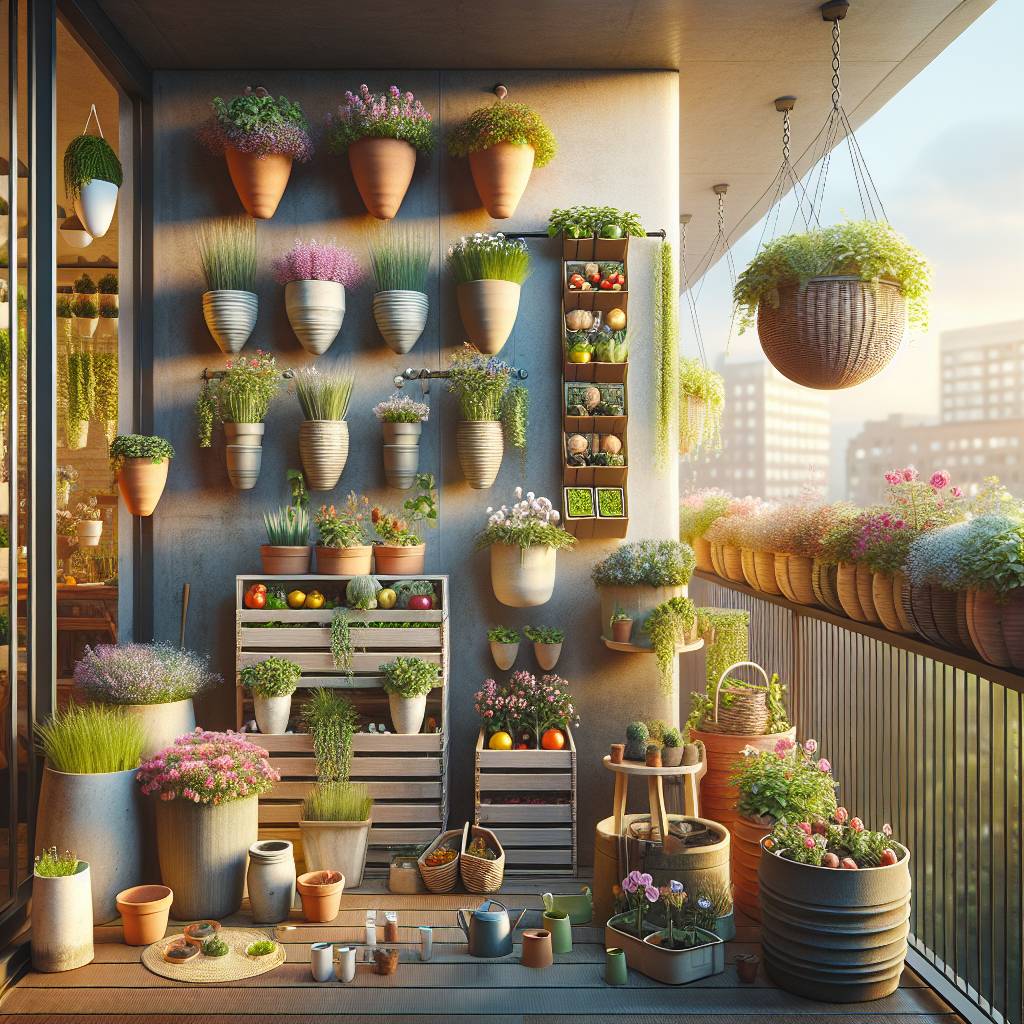Thinking of fencing your garden and looking for a top rated fencing contractor? There are so many types of fence panels to choose from and a ton to consider. From the functionality required to where it will be installed, knowing which fence panel is right for you can be difficult.
To help you make an informed decision, here’s everything you need to know about garden fencing.
Factors to consider
A garden fence acts as a prominent feature, marking your boundaries, preventing unwanted animals, and keeping you safe. So, the design and style of your chosen fence largely depend on your privacy and security requirements.
For instance, closed board fence panels offer maximum privacy from prying eyes and greater security against intruders, while picket fence panels don’t provide as much security and privacy.
Therefore, the first question to ask is, “What’s the aim of the fence?” It can be to keep your dogs in your yard, act as a deterrent, or provide a windbreak and shelter for your plants.
Other factors to consider include:
1. Material and budget
There are three main types of fence posts – wood, concrete, and galvanised steel. Wooden posts can be a cheaper option if you’re on a tight budget, but they’re quite high maintenance and can easily rot if not pressure treated.
By contrast, concrete posts require a higher upfront cost than wooden posts, but their longevity makes them worthwhile. Galvanised steel (metal) posts also cost more than wooden posts, but they require less upkeep, lowering lifetime costs.
2. Fencing style
Today, fencing suppliers design panels to fit different aesthetics and trends, from modern to contemporary and stylish. Whether you prefer a more traditional style or want more acoustic quality, you’re bound to find a fencing style that complements your home.
But, keep in mind there are two main types of fencing styles:
• Slatted: This uses horizontal planks or boards along a supporting frame with space between each board. The boards can be placed in a pattern or at equal placing, depending on your design preference.
• Solid: These have no spaces in between the panels or slats, creating a strong screen.
Remember, it’s not just about looks, so don’t dwell too much on the fencing style and design.
3. Fencing placement
The location of your fence affects both the height and style of the panels. For back gardens, tall panels are more appropriate to keep intruders out. Alternatively, for front gardens, shorter panels are more aesthetically pleasing and welcoming.
If your garden is fairly open, surrounding it with a fence may not be necessary. But, if you have pets and need to contain them, a solid fence is the safest choice.
It’s wise to check with your local council to determine the fencing heights permitted in your area. You might require consent for fences over 2m high.
Garden fence examples
Now that you know what to look for, here are some common fence types for inspiration.
1. Close board fencing
Close board fences feature strong, solid panels that provide shelter from the wind and frost to delicate shrubs. They’re ideal for most gardens, particularly back gardens, and are neat and attractive. However, they require regular maintenance.
2. Picket fencing
Mostly seen in front gardens, picket fences give your home a traditional curb appeal and provide a good boundary marker. They’re an excellent option for homeowners who want to let light into their gardens. Unfortunately, picket fences can’t contain dogs, and they don’t provide much protection for your plants.
3. Lap fence panels
Lap fence panels have a soft, subtle appearance that makes them aesthetically appealing. If your backyard is somewhat sheltered, these panels are a good choice as they still provide privacy for you and your family while protecting your garden.
4. Post and rail fencing
Post and rail fences look exceptional in any front garden and can enclose longer stretches of land. They allow open views of the area, making them ideal for friendly individuals that love having a chat with neighbours over the fence.
What’s the best fence to choose?
Ultimately, there’s no best fence to choose. What works for another homeowner may not work for you as you have different needs, expectations, and requirements. Your best bet at choosing the right garden fencing for your space is performing extensive research and weighing the pros and cons of each fencing type.
You can also get expert help from fencing companies and suppliers, but don’t make any rash decisions. The goal is to find a fencing solution that’s durable, long-lasting and fits your budget while meeting your fencing needs.
